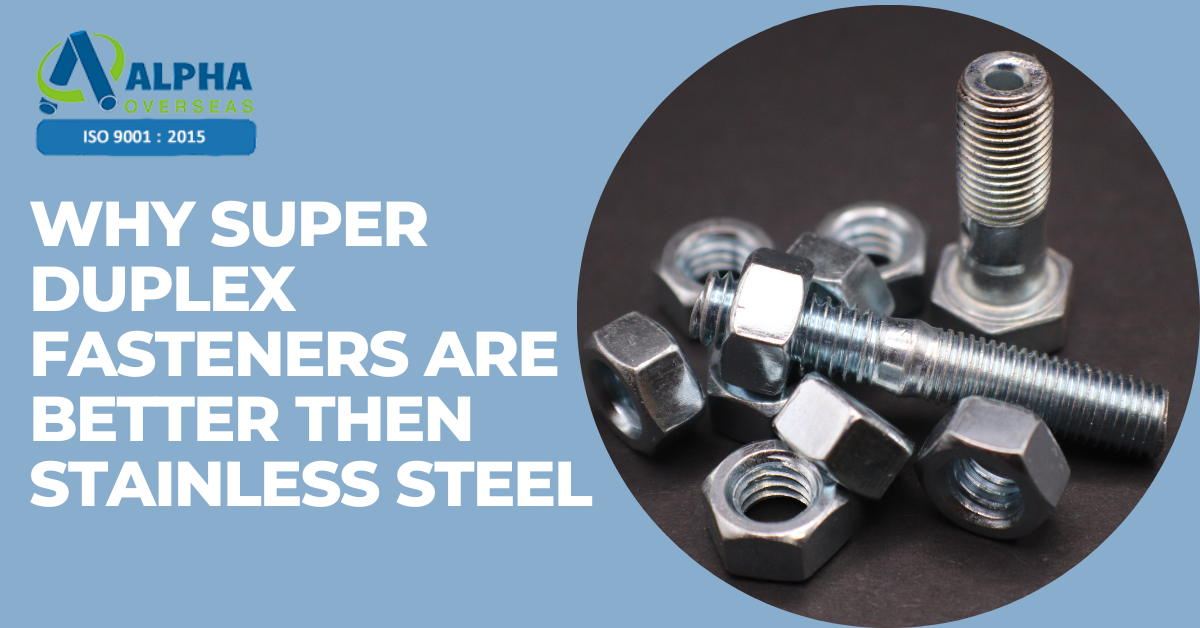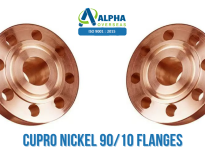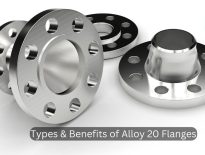Super Duplex Fasteners are better than stainless steels because they are stronger and more corrosion resistant. This is because they have a higher chromium and molybdenum content, which are strong corrosion inhibitors. These fasteners are good for welding and use in many different applications, like in chemical processing industry, oil and gas industry, and manufacturing of a wide variety of parts and equipment.
Specifications of Super Duplex Steel Fasteners
Super Duplex Steel S32760 Fasteners have high levels of corrosion resistance. They are very strong and tensile-resistant. The material’s ductility makes it suitable for welding and forming. Its strength can increase by controlling the aluminum alloy’s amount. However, it should be borne in mind that this is not a process that can be easily perform.
In addition to its strength, duplex steels offer low thermal expansion and high ductility. However, they are softer at higher temperatures and can cause warping and deformation if not handle properly. Super Duplex Steel Fasteners are mostly utilise in nuclear processing and oil service. Their chemical compositions can increase their toughness and resistance to stress corrosion cracking.
Duplex Steel Fastener in Chemical and Oil Exploration Industry
These fasteners have excellent corrosion resistance and good strength. They are widely use in chemical processing, oil and gas exploration, and other industrial applications. These alloys have a mix microstructure of austenite and ferrite. Due to its improve mechanical properties, duplex fasteners are prefer for offshore oil and gas exploration equipment construction. Their high strength, ductility, and improve weldability make them suitable for demanding environments.
The strength of these alloys increases substantially due to the presence of higher Cr, Mo, and Ni content. These factors promote the formation of intermetallic phases. However, a higher Cr content also decreases the impact resistance of these materials.
Duplex stainless steel can be welded using several different methods. Typical welding methods are shielded metal arc welding (SMAW) and gas metal arc welding (GMAW). There are several varieties of duplex alloys available. The most common is the S32760 grade. This type of duplex steel is used in the oil and gas industry, chemical processing, and marine applications.
Higher Chromium and Molybdenum Content
Super Duplex Steel has a higher chromium and molybdenum content than standard duplex stainless steel. This allows the materials to resist corrosion better than conventional austenitic stainless steel alloys.
Due to its increased chromium and molybdenum contents, a super duplex is considered the ideal choice for marine applications. Besides its excellent corrosion resistance, the material has high strength and low weight. These properties have earned it the leading material for many industries. It is popular in the petrochemical industry, paper, and oil industries.
Although duplex and super duplex can be welded together, they should be post-heated and heat treated to ensure a stable structure. If the alloy is not heat-treated properly, the material is at risk of stress corrosion cracking. Because of its high chromium and molybdenum composition, super duplex stainless steel can resist mild acids, oxidizing agents, and chlorides. In addition, the material is resistant to crevice corrosion, allowing it to withstand corrosive environments for longer periods.
Duplex Stainless Steels have a Two-Phase Microstructure
These fasteners are a class of alloys that are comprised of a two-phase microstructure. This microstructure offers excellent corrosion resistance, high strength, and toughness. These properties are combined with the metallurgical structure of the duplex, making the alloy popular in oil and gas service, nuclear processing, and chemical processing.
The composition of these alloys can be altered to increase their strength and toughness. For example, adding nitrogen is beneficial because it delays the formation of detrimental intermetallic phases. It also promotes structural hardening, which increases the yield and ultimate strength of the steel. However, duplex stainless steels are susceptible to embrittlement at low temperatures, especially between 315 and 540 degrees Celsius. This is due to rapid diffusion processes in the bcc lattice. Moreover, the morphology of the ferrite determines the degree of alloy degradation.
In general, duplex stainless steel can be classified into three subcategories. Each of these types has its own set of properties and uses.



